Acetic acid
Product Details:
Acetic acid Price And Quantity
- 10000 Kilograms
- 46 INR/Kilograms
Product Description
Acetic Acid CHCOOH
Acetic acid is a colorless pungentsmelling liquid that is the main component of vinegar typically 48 acetic acid in water It is a weak organic acid with many industrial food and chemical applications
Key Properties of Acetic Acid
Mildly acidic Can act as a preservative disinfectant and pH regulator
Solvent properties Dissolves oils resins and other organic compounds
Corrosive in concentrated form Can irritate skin and eyes
Natural synthetic sources Can be derived from fermentation vinegar or petroleumbased methods
Common Uses of Acetic Acid
1 Food Industry
Main component of vinegar used in pickles dressings and sauces
Acts as a food preservative E260 by preventing bacterial growth
Used in the production of artificial flavors and food additives
2 Industrial Chemical Applications
Used in plastics manufacturing eg production of polyvinyl acetate for adhesives and coatings
Essential for producing cellulose acetate used in textiles and film production
Helps in rubber and synthetic fiber production
3 Pharmaceuticals Medicine
Used in antiseptics and wound care due to its antibacterial properties
Helps in the production of aspirin and other drugs
4 Household Cleaning Products
Found in descaling agents for removing mineral deposits from kettles and coffee machines
Used as a natural disinfectant for cleaning surfaces and killing bacteria
5 Agriculture Textile Industry
Used as an herbicide for weed control
Helps in dyeing and printing fabrics by fixing colors
Is Acetic Acid Safe
Diluted form like vinegar is safe for consumption and household use
Concentrated acetic acid glacial acetic acid 99 is highly corrosive and can cause severe burns or respiratory irritation
Must be handled with proper safety precautions in industrial settings

Price:
- 50
- 100
- 200
- 250
- 500
- 1000+

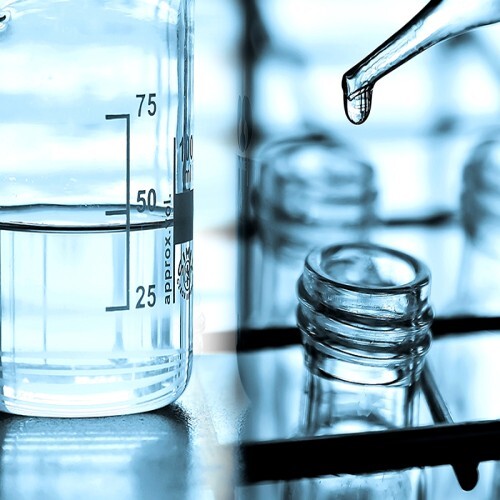

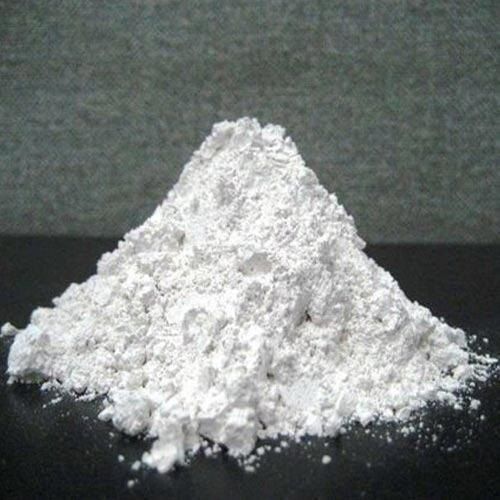
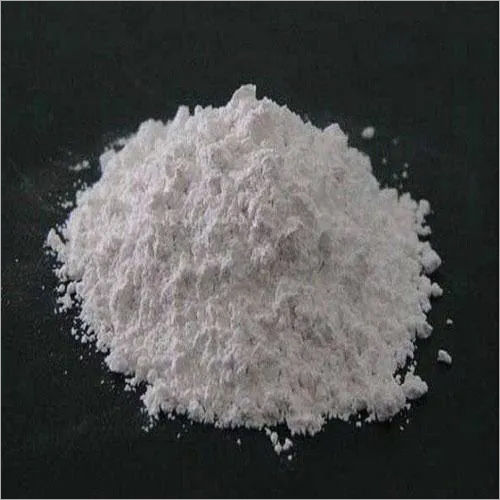
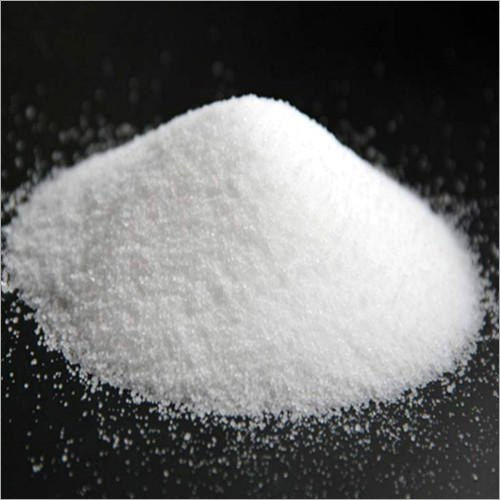
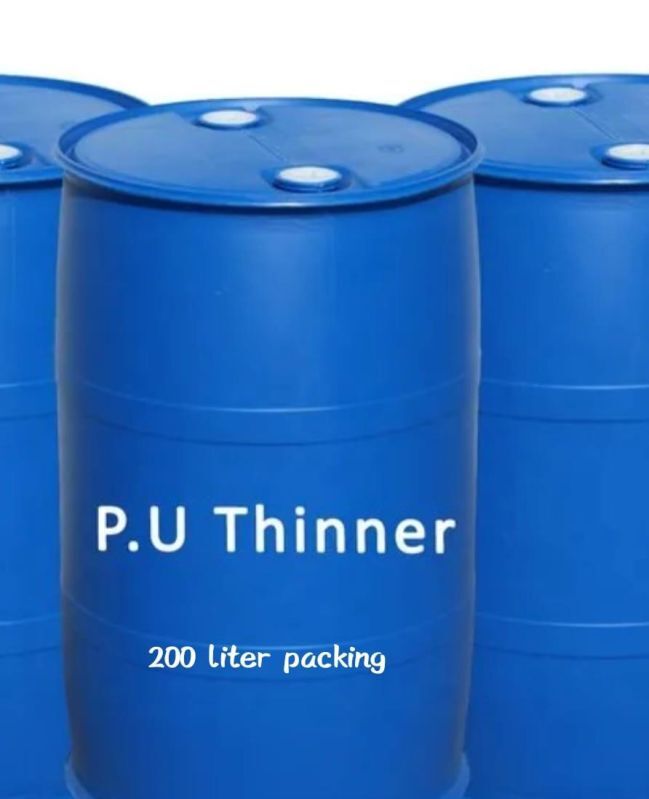

 English
English Spanish
Spanish French
French German
German Italian
Italian Chinese (Simplified)
Chinese (Simplified) Japanese
Japanese Korean
Korean Arabic
Arabic Portuguese
Portuguese